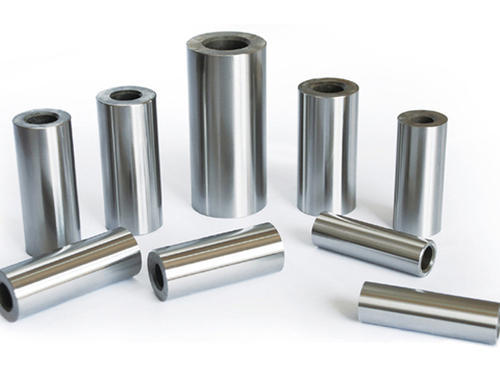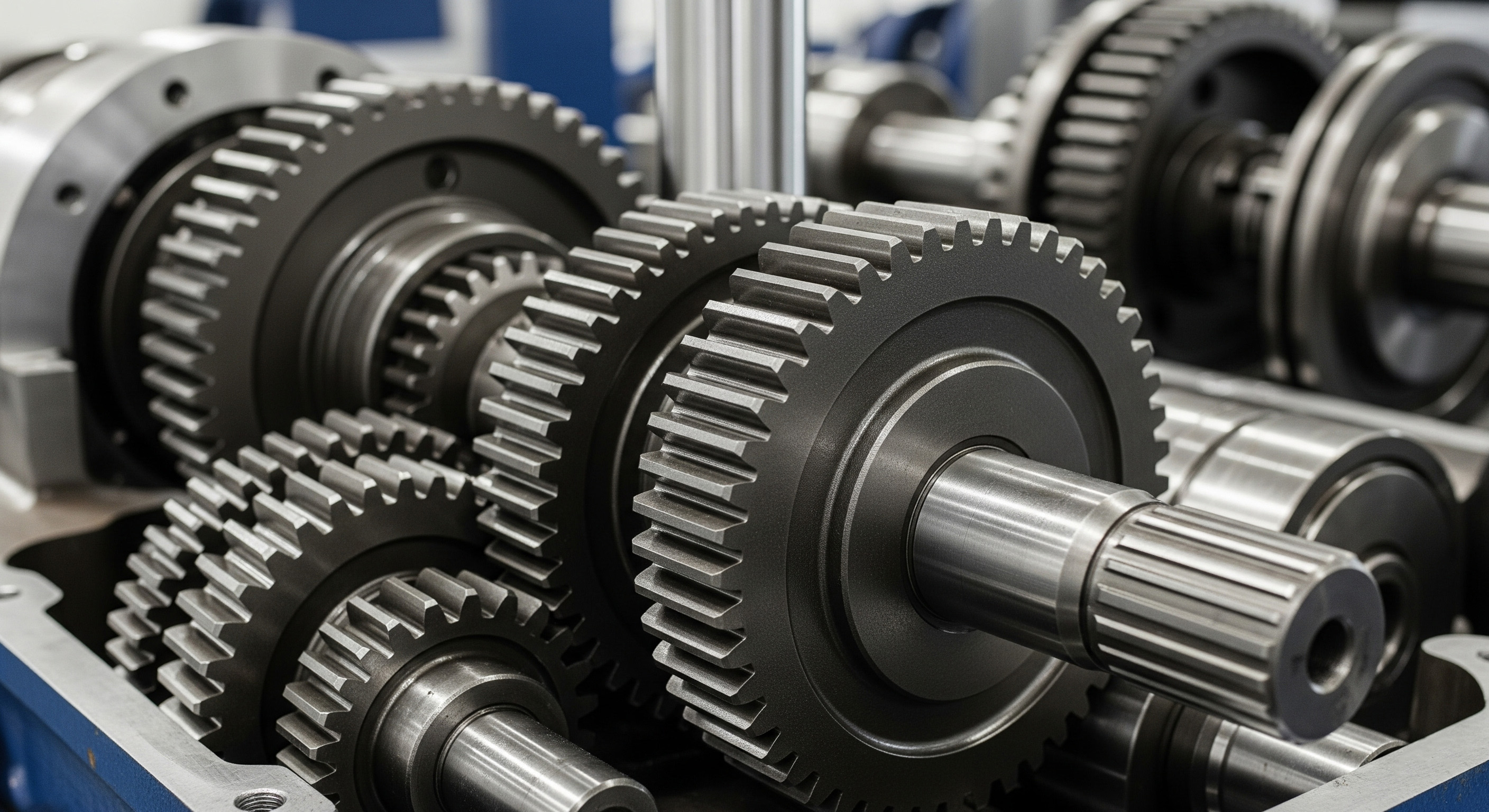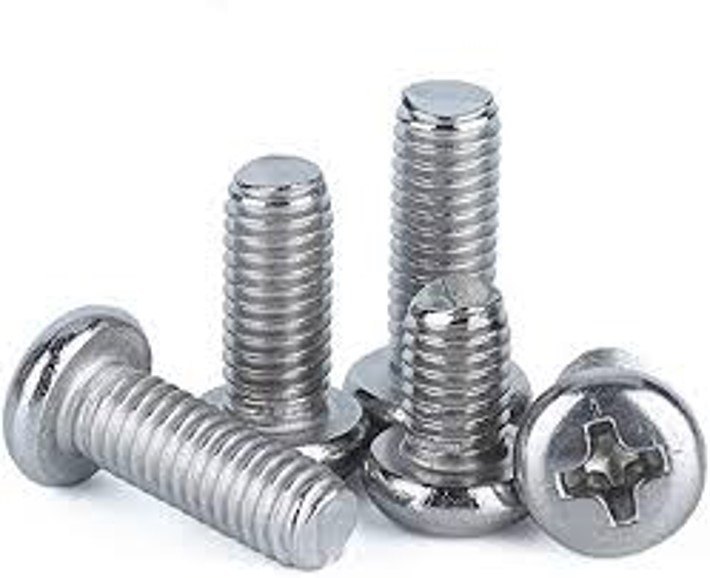SAE 1018 Low-Carbon Steel
The Standard for Versatile Fabrication.
Some projects don't require the extreme hardness of a high-carbon steel or the exotic strength of a complex alloy. They require a material of profound versatility—a steel that can be easily machined, formed, and welded with predictable, reliable results. SAE 1018 is that material. As one of the most common grades in the world, this low-carbon steel is the trusted foundation for a vast range of fabricated and carburized parts, prized for its exceptional workability.
Engineered for Ease of Use
Superior Weldability
Its low carbon content makes it easy to weld using any conventional method, resulting in strong, ductile joints.
Excellent Formability & Ductility
Can be easily bent, formed, and shaped without cracking, making it ideal for complex fabrications.
Good Machining Characteristics
Provides a smooth, clean machining experience and a good surface finish in its cold drawn condition.
Ideal for Case Hardening
The low-carbon core and excellent response to carburizing create a perfect hard case / tough core synergy.
Technical Specifications
Chemical Composition
| Element | Content (%) |
|---|---|
| Carbon (C) | 0.15 - 0.20 |
| Manganese (Mn) | 0.60 - 0.90 |
| Phosphorus (P) | 0.040 Max |
| Sulphur (S) | 0.050 Max |
Mechanical Properties (Cold Drawn, indicative only)
| Property | Value |
|---|---|
| Tensile Strength (MPa) | ~440 |
| Yield Strength (MPa) | ~370 |
| Hardness (Brinell) | ~126 HB |
Common Applications



Equivalent International Grades
| Standard | Grade |
|---|---|
| EN | EN3B / S235 |
| JIS | S15C, S20C |
Similar & Alternative Grades:
Also comparable to other low-carbon grades such as EN3B, SAE 1015, C15, and C20.
Frequently Asked Questions about SAE 1018
Can you harden 1018 steel?
No, not through conventional quenching and tempering. Due to its low carbon content, an SAE 1018 bright bar cannot be significantly "through-hardened." However, it is the perfect material for case hardening processes like carburizing, which infuses carbon into the surface to create a very hard case while the core remains soft and tough.
How does 1018 compare to standard Mild Steel?
SAE 1018 is a high-quality grade of mild steel. Compared to more generic or "merchant quality" mild steels, 1018 has a better-controlled chemistry, particularly a higher manganese content. This results in more predictable mechanical properties, better machinability, and a more uniform structure.
Why choose 1018 instead of a stronger steel like EN8D?
The choice depends entirely on the application. Choose 1018 when your primary requirements are excellent weldability and formability. Choose EN8D when you need significantly higher strength, hardness, and wear resistance in the final component, and welding is not a primary concern.
The Perfect Canvas for Your Work
The quality of a fabricated component depends on a material that is predictable and easy to work with. The Marbrite Standard for SAE 1018 is our commitment to providing a supremely versatile, low-carbon steel with a consistent and uniform structure. We deliver 1018 cold drawn bars that provide a flawless canvas for your welding, forming, and machining operations, ensuring the final part is as reliable as the material it was born from.